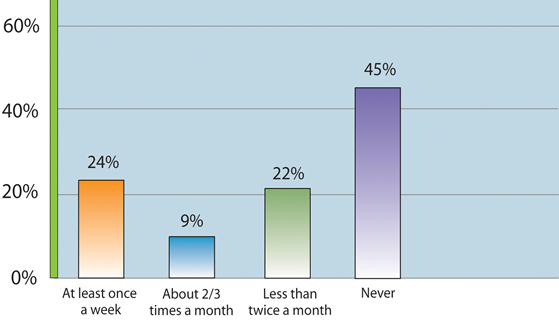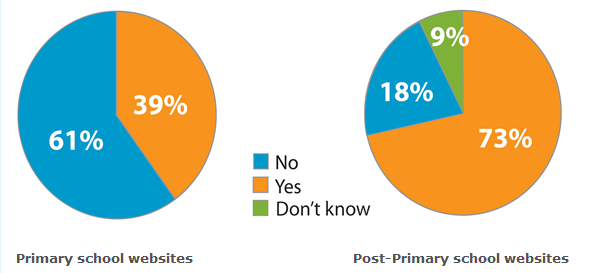Introduction
This chapter is aimed to give the general image of the information technologies development and internet, and connect this fact with the matters of globalization. Globalization and technological change has originated a new global economy which is based on the advantages of information and communication technologies. This technological origin has brought essential concerns for educational institutions. The main idea of the paper is ‘The use of information and communication technology in education’.
Historical Background
This chapter is aimed to describe the process of IT development and the steady incorporation of education and mass communication technologies into each other and the development of IT as an integral part of education.
Information Technology and Education
It is said that Information and communications technology transforms the conventional educational system to a more modern and a better quality system. Information and communication technology helps transform the educational system in several ways. It not only motivates the learner but also facilitates this learning process. This chapter emphasizes the notion that information and communication technology makes use of a combination of things and hence helps students learn faster. For example in a slide show put up with the help of a projector, information and communication technology makes use of text, images, motion and sometimes sound to motivate and pursue the learning process and hence transforms the traditional education system.
The use in education
This chapter highlights the importance of the nowadays IT in the sphere of communication. It is said that IT is claimed not only simplify and extend the education, but the main aim of IT is to make education available for everyone. Moreover, the IT has become the separate sphere of education, which promotes the study of hardware and software basis, aimed to improve the IT sphere.
Conclusion
This chapter briefly incorporates the thoughts and considerations represented in the paper in order to summarize the findings of the research and emphasize the necessity of the paper
The most effective arguments in the paper should be placed in the body, however, depending on the nature and origin of the argument, proper chapter should be selected. The fact is that, all the most reasonable arguments should be in the chapters, where statistical and graphic data is represented, as the historical and various background chapters are not suitable for these kinds of arguments.
Originally, the reasoning of placing the arguments within the paper depends on the requirements and the main topic of the paper. The discussed paper is aimed to argue on the matter of IT in education, thus, the main part of the arguments are places in the chapters devoted to use of IT in education, the use of IT and in the chapters aimed to describe the incorporation of IT into the sphere of education. If it was the paper on the general issues of IT an education, the arguments could also be placed in the historical background chapter.
As for the counterarguments, it is necessary to mention that these should be used as the support of the main arguments represented in the chapter. It means, that the counterarguments should be given as the data which contradicts the main idea of the paper, thus, they will not weaken the premise, but would help to create the well-composed argumentation line.
Statistics and graphs
The fact is that the different types of statistics, graphs, and illustrations that are appropriate for the topic may be selected on the basis of the main idea of the paper. Originally, if the paper requires statistical data for the argumentation line, thus, the graphs and diagrams should be created. The form of the diagrams does not matter, as it is only the matter of esthetics. On the other hand, if the data is structured, the simple diagrams are not suitable, as well as graphs. Tables and matrixes should be used. The paper, which is discussed here, incorporates graph and a pie chart in order to represent the data on survey responses by post primary teachers on how they use computers for their teaching (see Graph 1) and the results of the survey, whether the schools of respondents have their web sites (see Chart 1).
The former graph will help to define the quality of IT education within post primary teachers, thus assessing the quality of students’ IT knowledge. The pie-chart reveals the awareness of the students if the school has a website. In some measure it helps to assess the role of mass communication in the lives of the students. The argumentation line of the paper also requires strict confirmation of the usefulness of the IT in education, thus, there is also tree chart, aimed to reflect on the importance, necessity and advantages of resorting to Information Technologies in education.
The location of these graphs is generally presupposed by the requirements towards thee formatting of the paper, thus, there is no necessity to argue on this point, moreover, the graphs and charts may be used in any chapter of the body. However, the visuals fit the best in the chapters with the main part of the arguments, as they increase the convincingness of the argumentation. The way, how visuals strengthen the arguments is reflected in the form of the visuals. Thus, if it is a graph or a diagram, the statistical data is visualized, and supports the arguments and considerations, based on these data. Charts emphasize and visualize the processes or hierarchies, helping to structure the complex arguments, which require strict sequence.
Visuals

